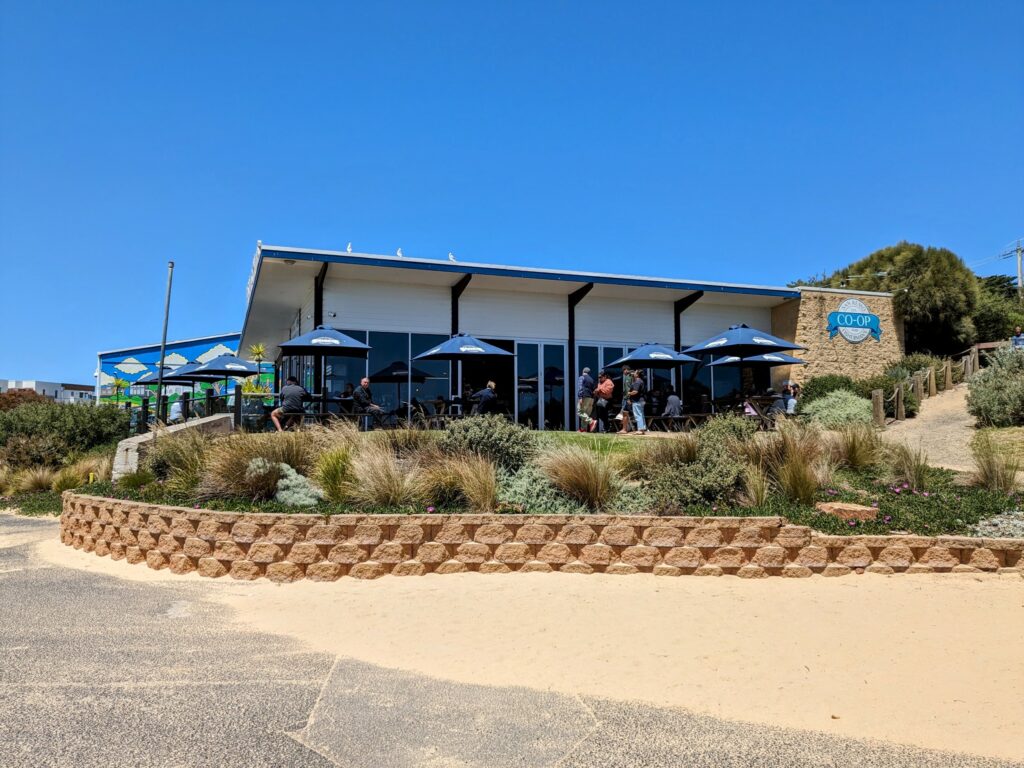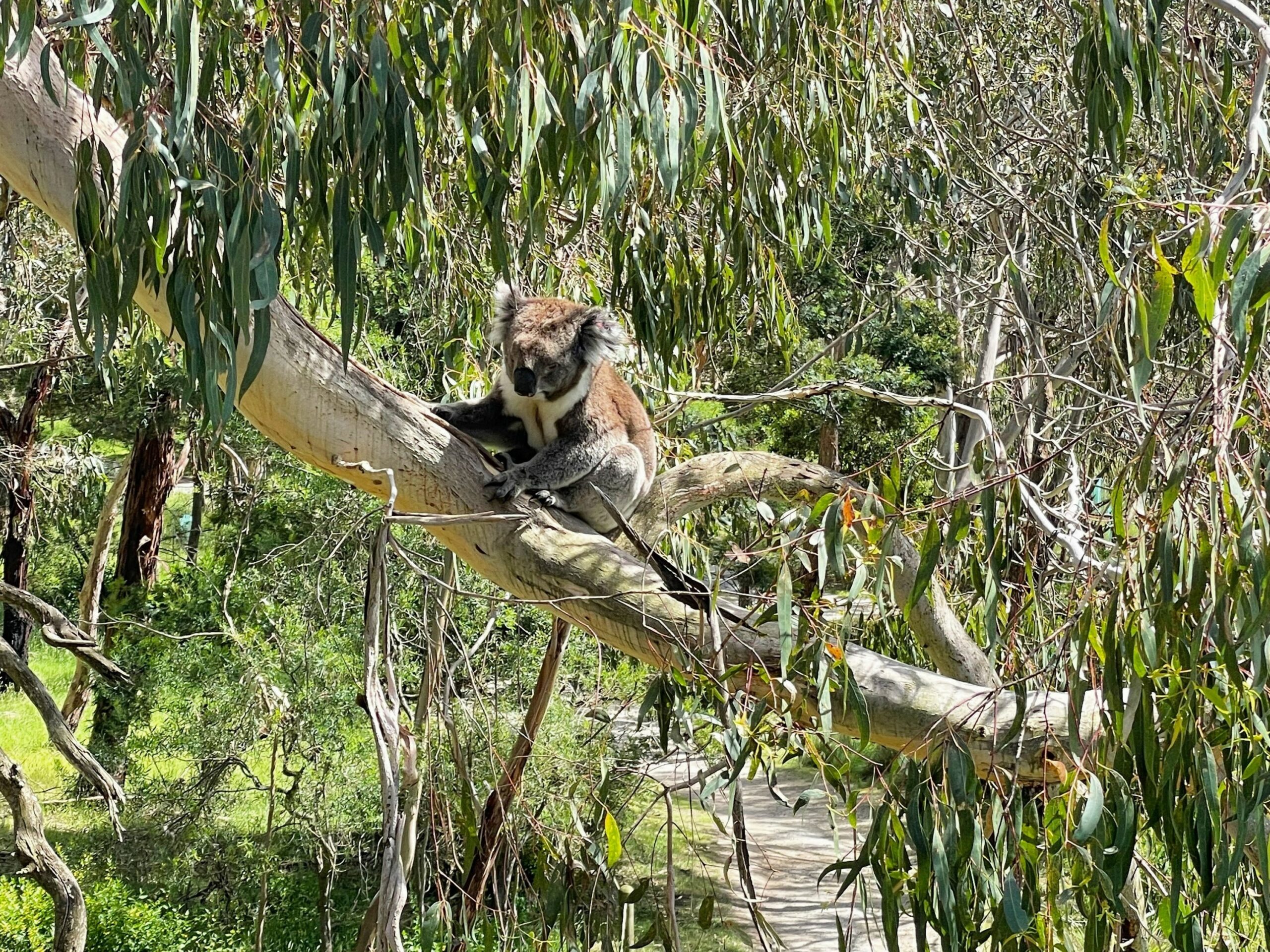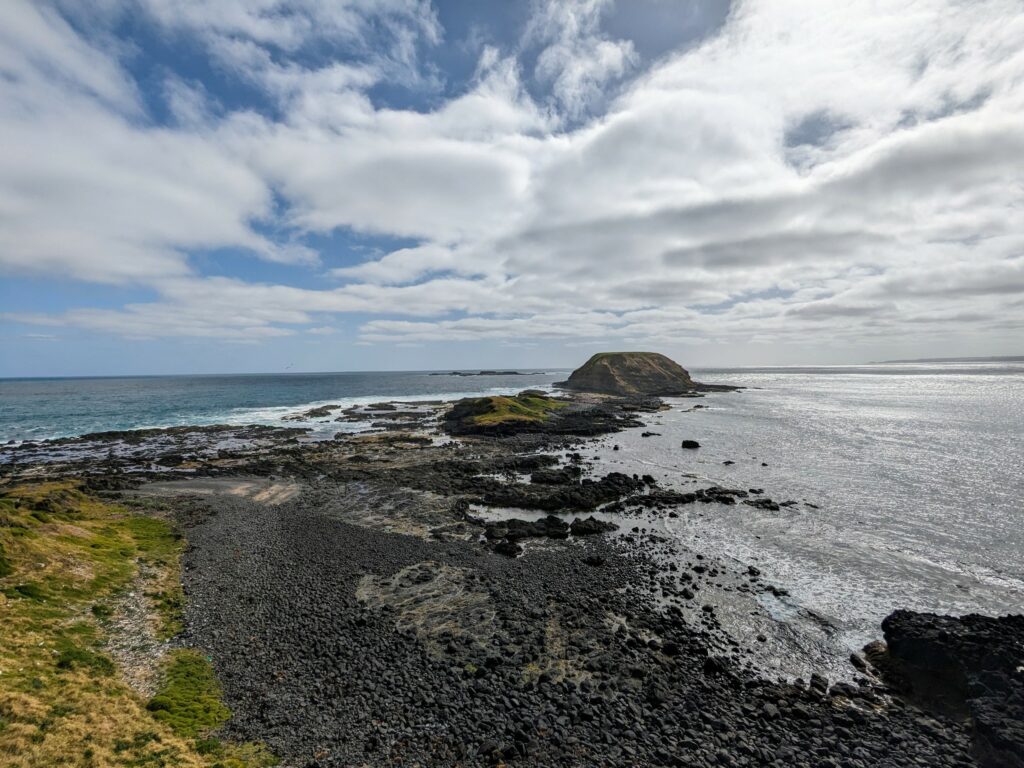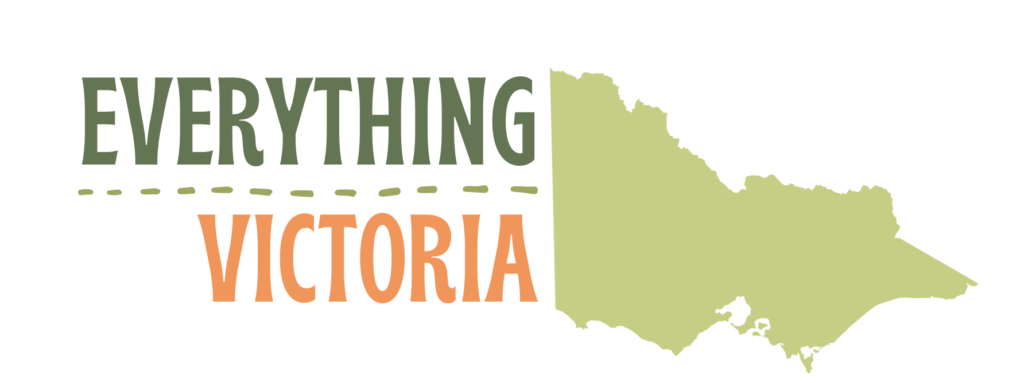Phillip Island is a popular destination for both Melbourne locals and those visiting from further afield. It’s only about 80km from the central city as the crow flies, but unless you actually are a crow, you’ll need to navigate around some large bodies of water to get there.
Due to its popularity, the island isn’t particularly hard to get to. There’s a bridge from the mainland if you’re coming by car or bus, and it’s not difficult to combine a train and ferry either, although it may take a while.
If you don’t want to drive yourself and public transport doesn’t appeal either, there’s also another option. Several companies run day trips from Melbourne, taking in the island’s biggest attractions and handling all the logistics for you along the way.
I’ve covered all of the different approaches below.
By Car
Most people drive to Phillip Island, and given it takes under two hours from the Melbourne CBD if you don’t hit traffic, that’s not a big surprise.
Whether you’re coming from the east or the west, you’ll probably take the M1 motorway for much of the journey, exiting at Pakenham and heading towards Koo Wee Rup for a few kilometres before joining the Bass Highway (M420) that takes you the rest of the way.
When you’re starting from Melbourne’s eastern suburbs or the Mornington Peninsula, you’ll be able to get onto the M420 somewhat earlier, and just follow it all the way to Phillip Island.
Finally, if you’re coming from the southeast, take the C444 from Wilsons Prom or A440 from the Gippsland Lakes, then follow the C442 to Inverloch. A little tip once you get there, though: if it’s a sunny day, take the scenic Cape Paterson-Inverloch Road (C435) detour along the coast rather than the faster inland route.
It doesn’t add a lot of extra distance, but it does add a whole lot of stunning scenery. Give yourself plenty of time if you do take this route, as you’ll want to stop at every viewpoint and isolated beach along the way.
Once you get to San Remo, the bridge of the same name spans the stretch of water between the mainland and eastern edge of the island. Traffic across it can be pretty slow on summer weekends or if there’s an event on Phillip Island.

If it’s looking particularly bad, park up in town and grab some fish and chips from the iconic Fisherman’s Co-op restaurant, then eat them on the grass or at one of the outdoor tables overlooking the water while you wait for things to clear. I’ve eaten there three or four times now, and that fish remains some of the best I’ve had anywhere in Victoria!
Once you cross the bridge, it’s usually a 15-20 minute drive into Cowes.
By Train

While you can’t get all the way to Phillip Island by train, you can combine trains and ferries to get there from Melbourne. If you’re coming from somewhere else in Victoria, you’ll need to get to Melbourne first: either via a V/Line train service, long-distance bus, or some other method.
From Flinders Street station, take the Frankston line for a little over an hour, until it ends, unsurprisingly, at Frankston station. From there, you’ll need to swap to the Stony Point line, which acts essentially as an extension to the Frankston line and runs every 90-120 minutes.
Trains depart for Frankston as often as every ten minutes, but because the Stony Point line doesn’t run all that often, make sure you plug the details into the PTV journey planner beforehand to ensure you’re not waiting around at Frankston station for ages.
In an ideal scenario, it takes a bit under two hours from central Melbourne to Stony Point. Get the timings wrong, though, and it can be anything up to double that.
Once you do manage to get on a train bound for Stony Point, stay on it for around 35 minutes until it ends directly alongside the ferry port. See below for details of the ferry service from there to Phillip Island.
You’ll need a myki card to use the train: the standard adult fare is $5.30 one way.
By Ferry

The ferry to Phillip Island leaves from a small pier at Stony Point, around halfway down the eastern side of the Mornington Peninsula. The pier itself is just across the road from the train station carpark, and there’s more parking available on the street alongside.
Note that it’s a small pedestrian ferry, with bicycles the only type of vehicle you can take onboard. While you can buy tickets in person, it’s worth booking online if you do want to take a bike, as there’s limited space for them.
The boat leaves Stony Point throughout the day, generally coinciding with the train times, but the frequency varies by time of year and day of the week. It’s typically 2-3 hours between sailings during the peak summer months, less often at other times.
The first sailing for Cowes Jetty on Phillip Island leaves a little before 8am from Monday through Saturday, and 8:15am on Sundays. The final sailing for the day leaves at 4:30pm on Saturday, 4:45pm on Sunday, and 5:15pm on weekdays.
You can find the current timetable here. Make sure to arrive at least ten minutes before the scheduled departure time.
Tickets cost $16.10 one way per adult, with discounted fares for seniors and children under fifteen. Infants under five are free, and it costs $4.70 extra to take a bike. The journey takes around 40 minutes, with a stop at French Island on the way.
You can walk from the jetty in Cowes to anywhere around town, but if you need to get elsewhere on the island and didn’t bring a bicycle, taxis and a scheduled bus service are available.
By Bus
In terms of public transport, the cheapest way to get from Melbourne to Phillip Island is taking a V/Line bus. Thanks to the regional public transport fare cap in Victoria, it’s only $10.60 for an adult ticket. Depending on the day and time you’re traveling, it may also be faster than the train/ferry combo.
The journey is simpler than you might imagine, starting at Southern Cross bus station in the central city, and requiring only one change (and about two and a half hours) to get to Cowes.

From Southern Cross, take a V/Line bus headed for Yarram, and get off at Koo Wee Rup interchange a few kilometres south of Pakenham. There, you’ll swap to another V/Line bus bound for Cowes: assuming everything is running to schedule, you’ll usually only have a wait a few minutes.
If you’re coming from somewhere to the east of Melbourne, look for a different bus that goes via the Koo Wee Rup interchange; you have a few different options. You’ve can also jump on a bus bound for Inverloch or Wonthaggi, with easy connections from there. Plug your start and end points into the V/Line journey calculator for timetable and transfer details.
On a Tour
If you only have time for a day trip to Phillip Island and would prefer to let someone else handle the logistics, there are several companies that can help you out with a bus or minivan tour from Melbourne.
Each operator has a slightly different itinerary, but most include a visit to the wildlife park or Koala Conservation Reserve (which I greatly enjoyed, and is highly worth a visit in its own right) and/or one of the more-isolated beaches or viewpoints in the south of the island, as well as the penguin parade that’s the island’s star attraction.

Others provide more specialised options, including guided hiking or a stop at the famous Brighton beach boxes on the way down to the island. Whichever tour you go for, you’ll be picked up from either your city hotel or a central meeting point, and dropped off there again afterward.
Because the penguins don’t emerge from the water until sunset, tours typically don’t leave until late morning or early afternoon. It’s nice to have a full-day excursion that doesn’t require an early start for once!
Taking a tour is a particularly good option for Phillip Island, since it lets you avoid having to do the late-night drive yourself when heading back to the city afterwards. There’s plenty of wildlife on the roads after sunset: despite driving slowly, I almost hit a wallaby when it jumped out in front of me on the way back from the penguin parade.
Until you get off the island and back onto the main highway, there’s also not a lot of street lighting outside the towns: it gets pretty dark out there!
All images copyright Everything Victoria
